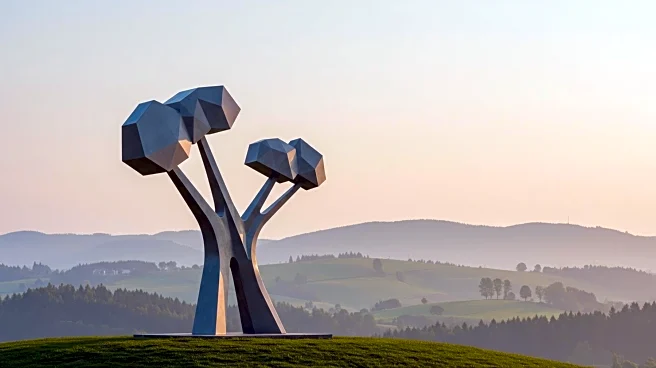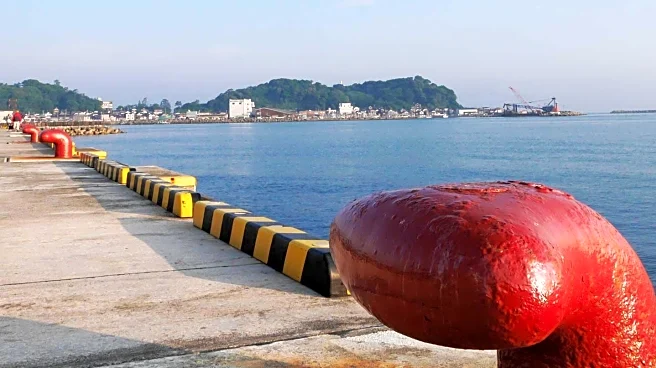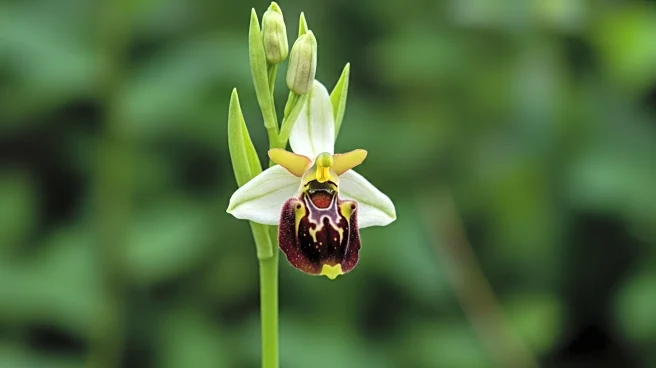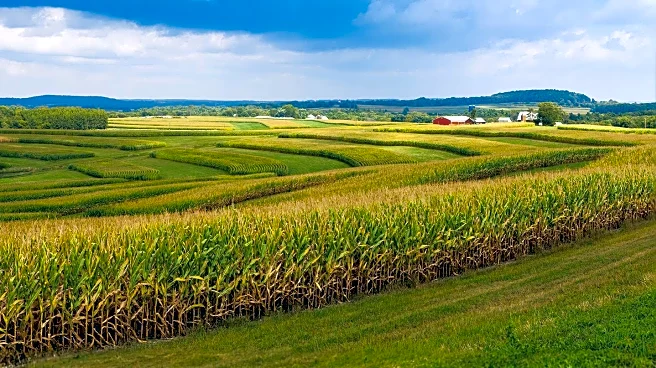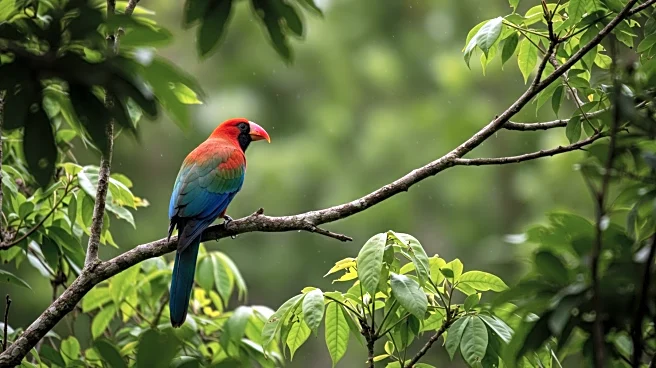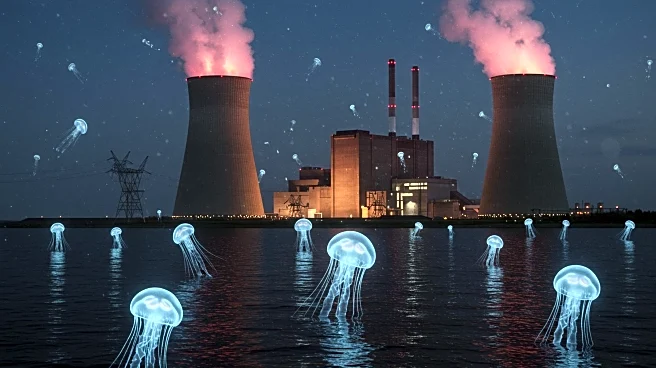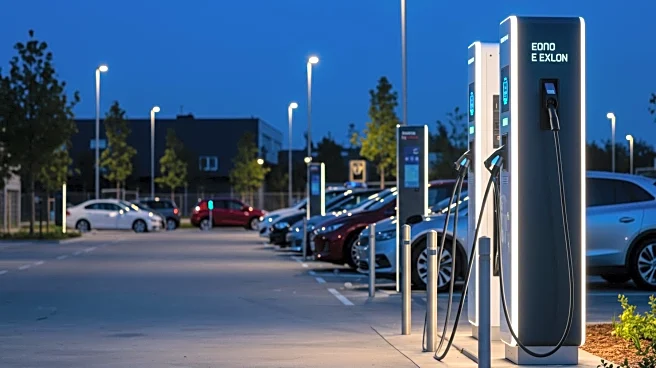What's Happening?
A new art trend known as para-pastoral is emerging among contemporary artists, who are reimagining traditional pastoral imagery to reflect current social and environmental issues. Historically, pastoral art has depicted idyllic rural landscapes as sanctuaries from urban and political turmoil. However, the para-pastoral approach challenges this notion by presenting the countryside as a complex and dynamic space influenced by ecological urgency, political tension, and social change. This genre interrogates access to land, concealed histories, and the role of rural areas in the global narrative of climate and capitalism.
Why It's Important?
The para-pastoral art movement is significant as it shifts the focus from romanticized depictions of nature to a more critical examination of the countryside's role in contemporary society. By addressing issues such as ecological degradation and social inequality, this genre encourages viewers to reconsider their relationship with the natural world. It highlights the importance of understanding rural spaces not just as idyllic retreats but as integral parts of broader socio-political and environmental systems. This approach can influence public discourse on land use, conservation, and the impact of capitalism on natural landscapes.
What's Next?
As the para-pastoral trend gains traction, it is likely to inspire further exploration of rural themes in art, prompting artists to delve deeper into the complexities of the natural world. This could lead to increased collaboration between artists and environmentalists, fostering new dialogues on sustainability and conservation. Additionally, art institutions may begin to feature more exhibitions that challenge traditional pastoral narratives, offering audiences fresh perspectives on the intersection of art, nature, and society.
Beyond the Headlines
The para-pastoral movement also raises ethical questions about representation and access to rural spaces. By questioning who has the right to land and how histories are portrayed, this genre encourages a reevaluation of cultural narratives and power dynamics. It may also influence long-term shifts in how art is used as a tool for social change, emphasizing the role of artists in addressing pressing global issues.
